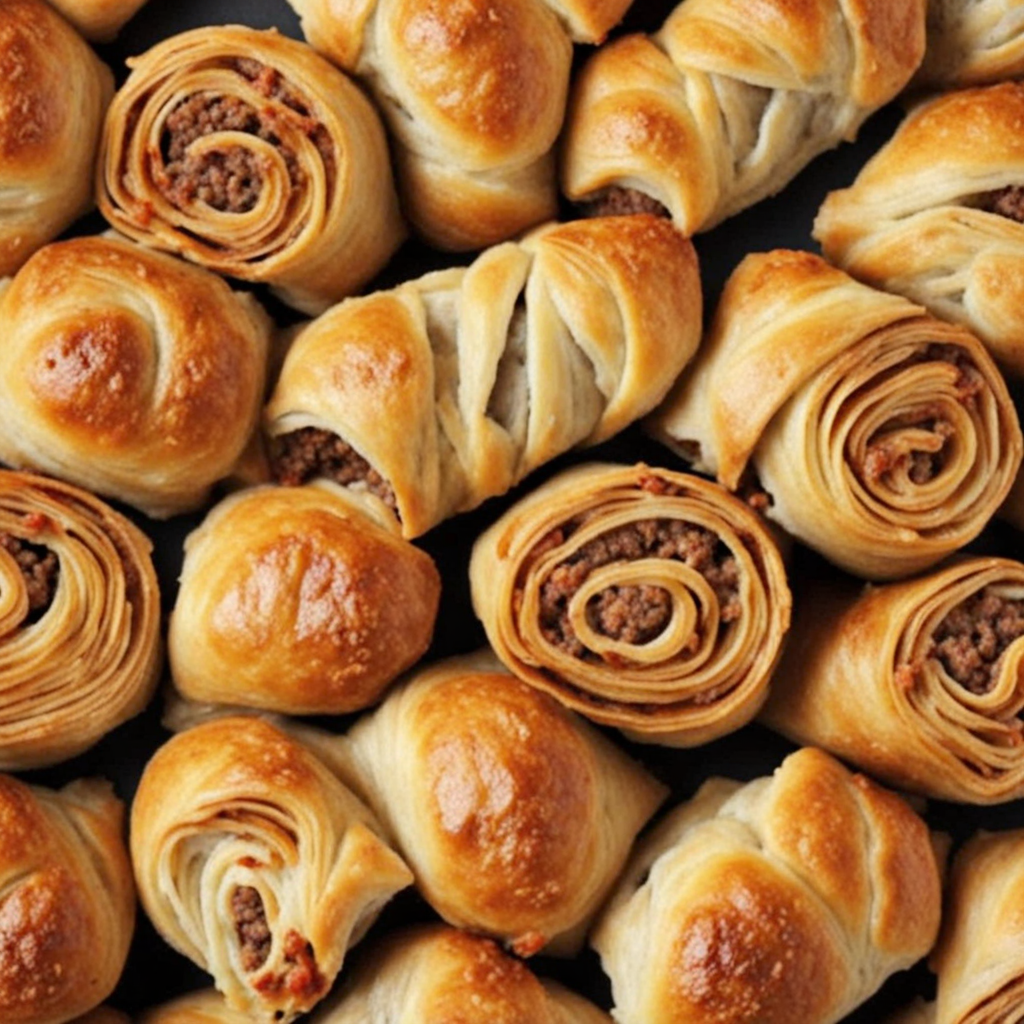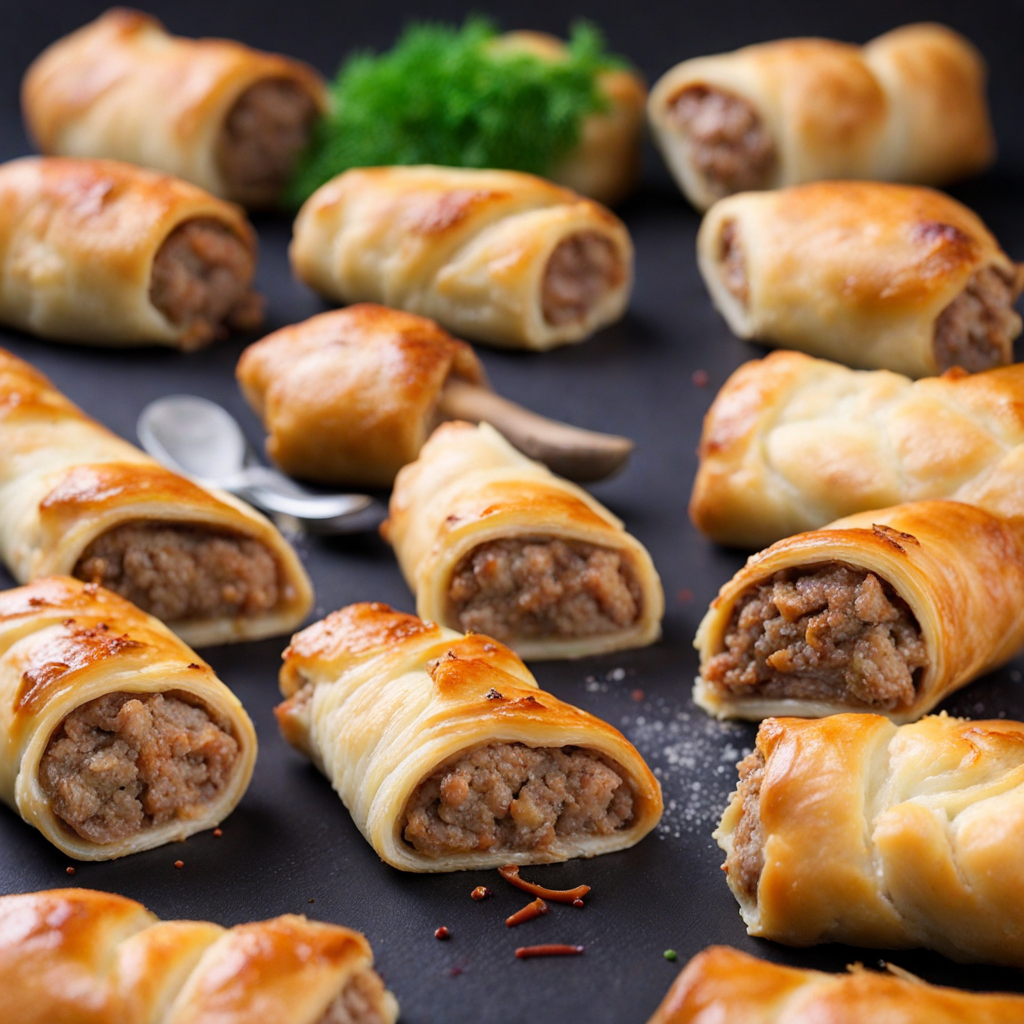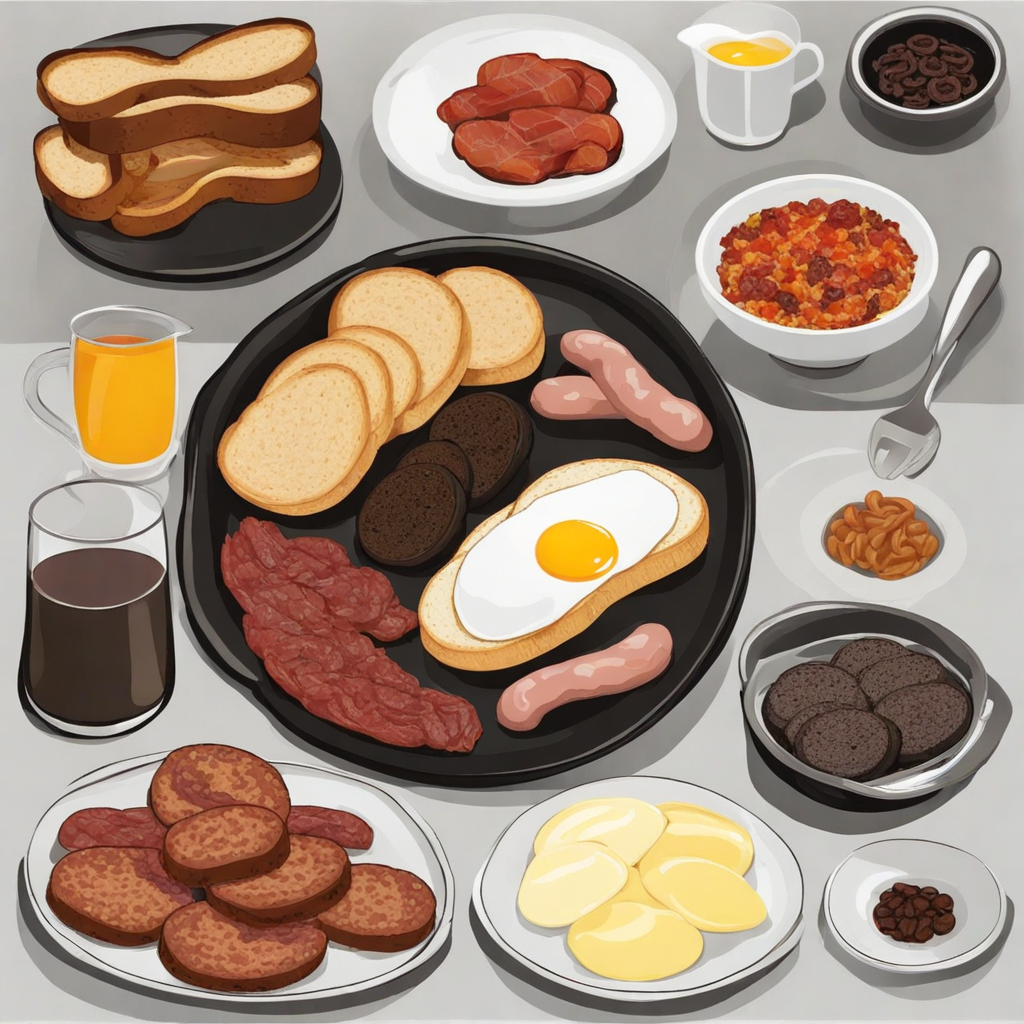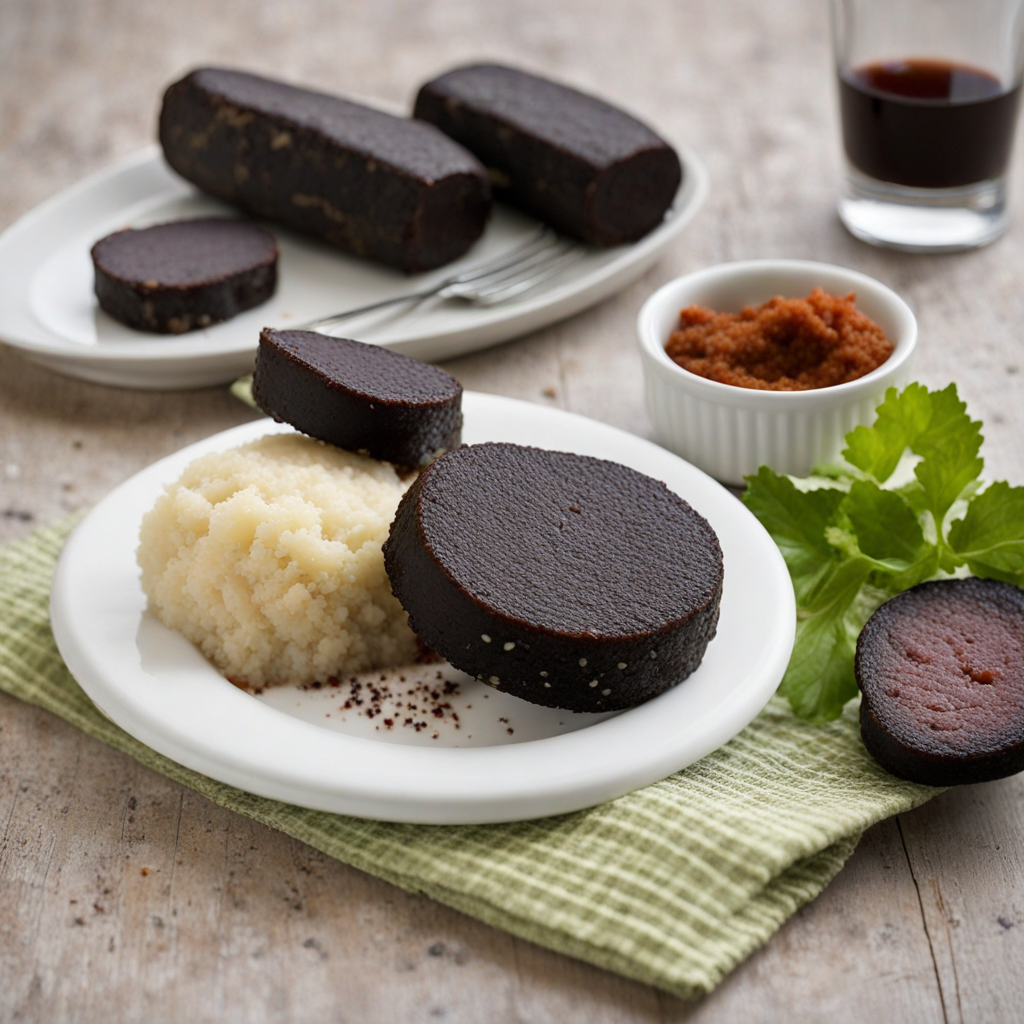Drumstick Roll
Drumstick Roll is a delightful Irish dish that combines the traditional flavors of Ireland with a unique twist. At its core, the dish features tender, slow-cooked chicken drumsticks, marinated in a rich blend of Irish herbs and spices. The chicken is typically seasoned with a mix of thyme, rosemary, and a hint of garlic, allowing the natural flavors of the meat to shine through. As the drumsticks cook, they absorb the aromatic essence of the herbs, resulting in a succulent and juicy bite that is hard to resist. Once the drumsticks are fully cooked, they are expertly rolled in a crispy coating made from crushed potatoes and breadcrumbs, giving them a delightful crunch that contrasts beautifully with the tender meat inside. This crispy exterior is often enhanced with a sprinkle of salt and some freshly cracked black pepper, adding a savory note that perfectly complements the flavors of the chicken. The combination of textures—the soft, juicy chicken and the crunchy coating—makes for an irresistible eating experience that is both comforting and exciting. To elevate the Drumstick Roll further, it is commonly served with a side of homemade colcannon, a traditional Irish dish made from mashed potatoes and kale or cabbage. The creaminess of the colcannon pairs wonderfully with the crispy chicken, creating a satisfying meal that embodies the heartiness of Irish cuisine. For those looking to explore new tastes, the Drumstick Roll offers a delightful journey through the flavors of Ireland, making it a must-try for food enthusiasts and adventurers alike.
How It Became This Dish
The dish known as Róilín Druma has deep roots in Irish culinary tradition, characterized by its unique blend of flavors and textures that reflect the rich agricultural heritage of the Emerald Isle. The name itself is derived from the Irish language, where "Róilín" refers to a small roll or a twist, and "Druma" translates to a type of ham or cured meat, specifically pork. This combination signifies not just a food item but a cultural artifact that embodies the communal and familial aspects of Irish life. Historically, Róilín Druma can trace its origins back to the rural communities of Ireland during the Medieval period. As agriculture flourished, so did the practice of curing meats, an essential method for preserving food before the advent of refrigeration. Farmers would often raise pigs for their meat, and curing techniques became vital for ensuring sustenance throughout the winter months when fresh produce was scarce. The combination of seasoned pork rolled up with local herbs and spices became a staple in many households, especially in regions known for their livestock, such as County Cork and County Kerry. The cultural significance of Róilín Druma extends beyond mere sustenance; it has been a focal point in various Irish celebrations and gatherings. Traditionally, families would come together to prepare this dish, sharing techniques passed down through generations. The act of making Róilín Druma was often accompanied by stories and songs, reinforcing familial bonds and cultural identity. During festive occasions, such as St. Patrick’s Day or weddings, the dish would be prominently featured on the table, symbolizing abundance and generosity. As time progressed and societal changes unfolded, Róilín Druma began to evolve. The Great Famine of the mid-19th century forced many Irish families to adapt their diets due to food scarcity and economic hardship. Curing methods remained prevalent, but the ingredients became more localized and varied depending on what was available. With the rise of the diaspora, particularly in places like the United States, the dish took on new forms and interpretations, incorporating local flavors and cooking techniques while still honoring its Irish roots. The 20th century saw a renaissance in traditional Irish cuisine, with many chefs and food enthusiasts seeking to revive and preserve age-old recipes, including Róilín Druma. This movement was fueled by a growing interest in artisanal food production and a desire to reconnect with cultural heritage. In contemporary Ireland, you can find variations of Róilín Druma in gourmet restaurants and local markets, showcasing the craftsmanship involved in its preparation. Some chefs have begun experimenting with different meats, such as lamb or beef, while still maintaining the traditional rolling and curing techniques. Today, Róilín Druma not only serves as a culinary delight but also as a symbol of resilience and cultural pride. It reflects the ability of the Irish people to adapt and innovate, ensuring that their culinary traditions continue to thrive in a modern context. The dish has also gained recognition in food festivals and competitions, where chefs showcase their versions, often using locally sourced ingredients that highlight the unique flavors of different Irish regions. The revival of interest in traditional Irish foods has led to a greater appreciation for Róilín Druma, both in Ireland and abroad. This dish has become a representative example of the farm-to-table movement, emphasizing the importance of using fresh, local ingredients. Many artisanal producers have begun crafting their own versions of Róilín Druma, ensuring that the legacy of this dish continues while also adapting to contemporary culinary trends. In recent years, the influence of Róilín Druma has transcended borders, inspiring chefs worldwide to incorporate its elements into their menus. The rolling technique and flavor profiles can be seen in various interpretations, from European charcuterie boards to American barbecue. This global admiration for a dish rooted in Irish tradition highlights the universal appeal of good food and storytelling, bridging cultures while honoring its origins. Moreover, the dish is often accompanied by traditional Irish sides, such as Colcannon or Boxty, which further enhance its cultural significance. These side dishes not only complement Róilín Druma but also showcase the depth of Irish cuisine, where each ingredient tells a story of the land and its people. The communal experience of sharing these foods fosters a sense of belonging and heritage, making every meal a celebration of Irish identity. In essence, Róilín Druma is more than just a dish; it is a testament to the enduring spirit of Irish culture. Its ability to adapt and flourish over centuries speaks to the resilience of the Irish people and their dedication to preserving their culinary heritage. As it continues to evolve and inspire, Róilín Druma remains a cherished part of Ireland's gastronomic landscape, inviting both locals and visitors to savor a taste of history with every bite.
You may like
Discover local flavors from Ireland







